Plan Info
The Gospel According To LukeSample
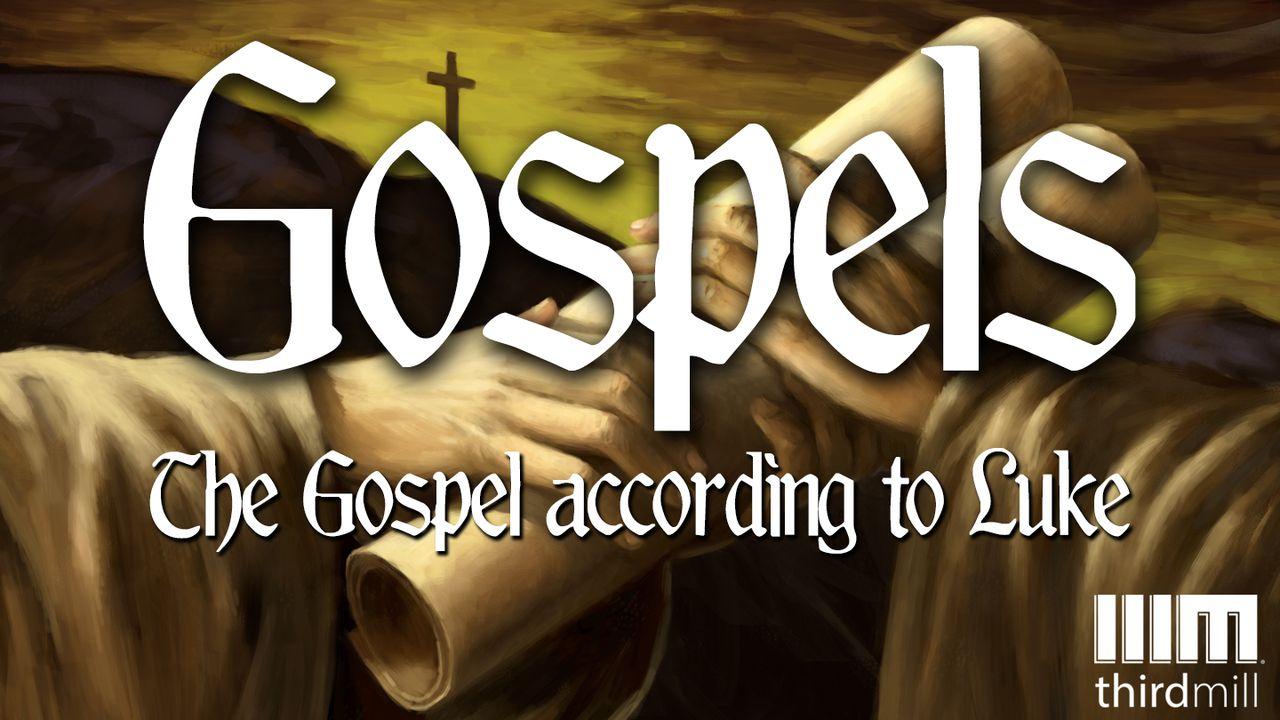
Jesus’ Arrest, Trial and Death: Luke 22:1-23:56
The record of Jesus’ arrest, trial, and death begins in Luke 22:1-6 with the plot to betray Jesus. Then, during the Last Supper, recorded in verses 7-38, Jesus prophesied the betrayal by Judas, as well as the fact that Peter would deny that he followed Jesus. But in the middle of these dark predictions, he assured the disciples of their place in his kingdom, and of his control over all these events.
Following the Last Supper, we find Jesus’ prayer on the Mount of Olives in Luke 22:39-46. Jesus was in great anguish during this prayer, as we can see by the fact that he sweat blood, and by his desire that the Father would somehow allow him to avoid crucifixion, if it were possible. But through it all, Jesus never wavered in his strong trust in the heavenly Father, or in his commitment to the Father’s plan.
Jesus’ arrest in Luke 22:47-53 set in motion the events of Peter’s denial in verses 54-62, as well as of Jesus’ trials before the Jewish leaders, Pilate, and Herod in 22:63–23:25. Herod and Pilate both found Jesus innocent of any crimes against Rome that might have deserved death. Pilate, however, gave in to the pressure of the Jewish leaders and the crowd, and condemned the innocent Jesus to be crucified.
Interestingly, Luke’s narrative of Jesus’ arrest and trials doesn’t focus on Jesus’ coming death, but on his identity as the Christ. Consider this exchange between Jesus and the Jewish leaders in Luke 22:67-70:
“If you are the Christ,” they said, “tell us.” Jesus answered, “If I tell you, you will not believe me… But from now on, the Son of Man will be seated at the right hand of the mighty God.” They all asked, “Are you then the Son of God?” He replied, “You are right in saying I am.”
In this passage, Jesus identified himself as the Christ, the Son of Man, and the Son of God. All of these terms referred to the fact that he was the Messiah that had been prophesied in the Old Testament.
Following his trials, Jesus’ crucifixion is described in Luke 23:26-49. In verses 43 and 46, Luke twice quoted words that Jesus spoke from the cross that none of the other gospel writers preserved for us. These words emphasize two of the points Luke had made repeatedly in his gospel: first, that Jesus was filled with compassion for the helpless; and second, that Jesus trusted his Father who was in control of all these events. In Luke 23:43, Jesus responded in compassion to the thief on the cross beside him, comforting him with these words:
I tell you the truth, today you will be with me in paradise.
And in verse 46, Jesus cried out in trust to his Father, saying:
Father, into your hands I commit my spirit.
Luke made it clear that our Lord’s final moments before his death were filled with compassion for others and trust in his Father. Then, in Luke 23:50-56, Luke provided the account of Jesus’ burial in a tomb of cut rock, his body unprepared for burial because the Sabbath was about to begin.
It’s not hard to see how Luke’s persecuted readers might have identified with Jesus’ sufferings. Whatever persecution they were enduring, Jesus had endured worse. And what’s more, he had done it for them. If their Lord had been willing to suffer and even to die for their sake, certainly they should be willing to suffer and die for him. But this wasn’t a mere debt. Just as Jesus was rewarded for his obedience and suffering, his obedient followers would also be rewarded for their suffering.
Scripture
About this Plan
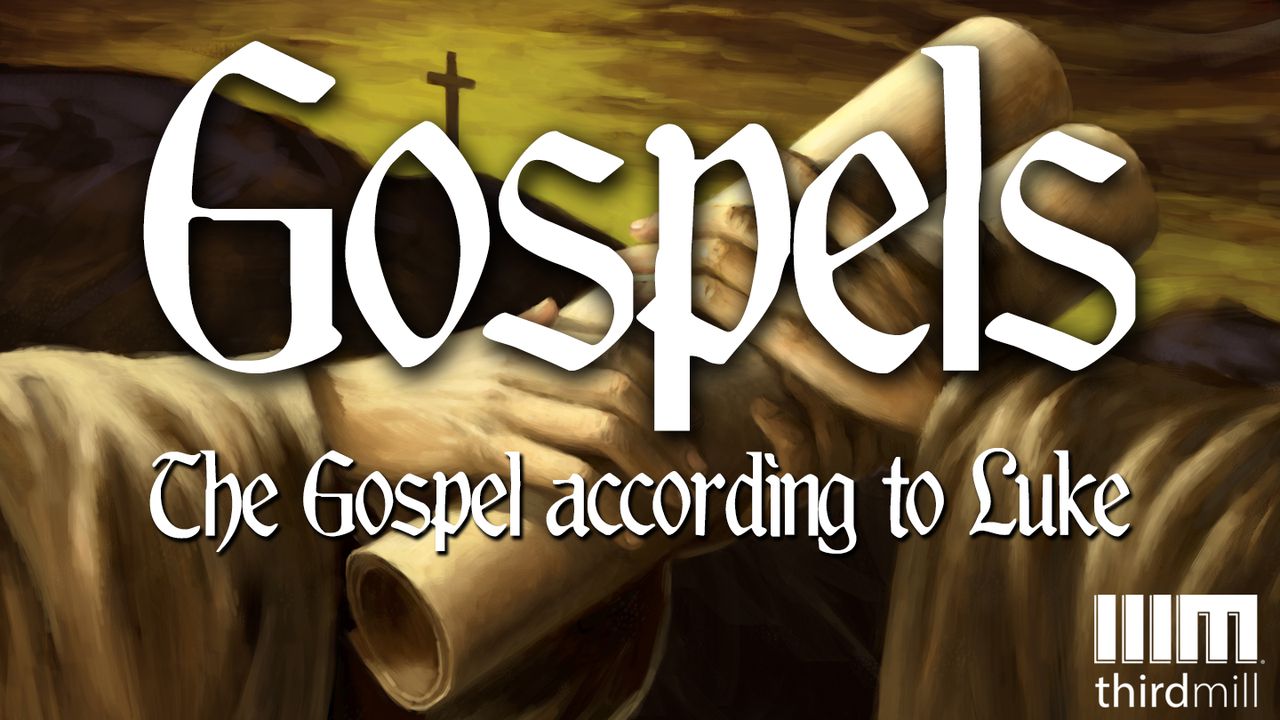
This reading plan explores the third Gospel. Luke described Jesus Christ as the one who saves. Humanity is lost and desperate, without help or hope, in need of salvation. The third Gospel reminds us that Jesus died to sa...
More
We would like to thank Third Millennium Ministries for providing this plan. For more information, please visit: http://thirdmill.org
Related Plans
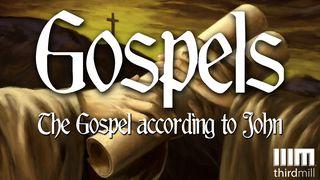
The Gospel According To John

Thru The Bible -- Gospel Of Mark

Thru The Bible -- Gospel Of Matthew
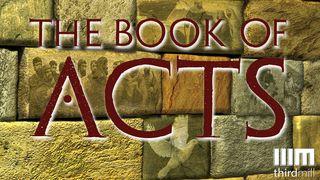
The Book Of Acts

Thru the Bible -- Gospel of Luke

Elijah. Man of Courage, Man of Faith, Man of God.
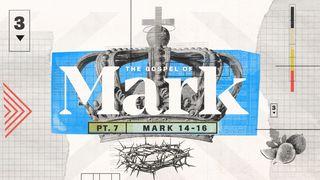
The Gospel of Mark (Part Seven)
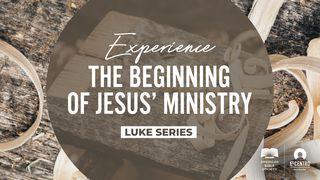
Luke Experience The Beginning Of Jesus’ Ministry

Strong Disciples Two
